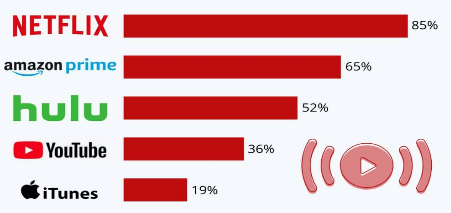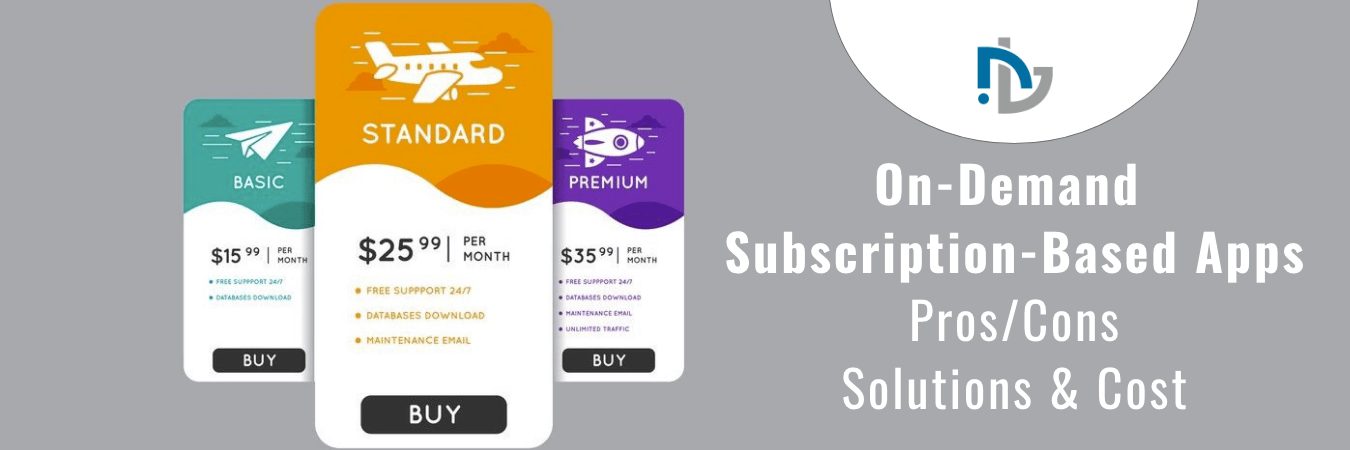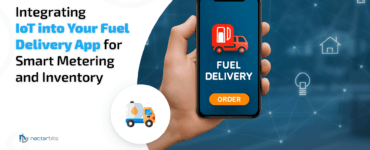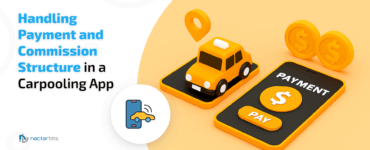Unarguably, we are living in the world of subscription services, but the subscription model has become prevalent in the last five years. It doesn’t mean the subscription services introduced recently. They have been around for more than 160 years, but just the form of subscription service has changed.
At first, in the 1860s, individuals in the UK used to subscribe to milk for deliveries which was later adopted by magazines too. The services remained popular for at least 100 years, but with the growing popularity of supermarkets and malls, the subscription services dropped by a high margin.
With digital disruption and transformation, businesses continuously looking for ways to meet the customers’ demands and improve the bottom line. The subscription model has gone mainstream and turned out as the best solution to stay ahead of the game. From media streaming and Ecommerce to beauty boxes and grocery stores are prefer to get built on-demand subscription-based apps.
Some companies have experienced remarkable growth in revenue post-subscription service implementation. Source.

What are on-demand subscription-based apps?
There are different types of apps like- content apps, service apps, productivity apps, and entertainment apps, where the subscription model has worked well.
In such apps, when the customers subscribe, they pay a recurring fee consistently, be it on a weekly, monthly, quarterly, or annually to enjoy the product or services regularly. In return, the customers get services unstoppably, extra incentives, and become loyal fans of the brand. For instance, the Netflix app allows users to subscribe to enjoy unlimited media streaming services through the app. Convenient and reliable subscription services strengthen the bond between customers and brands. Not just the customers, but businesses too love to include subscription-based revenue models in on-demand apps.
Let’s discuss the business advantages and downsides of the On-Demand subscription-based model.
How do on-demand subscription-based apps work like a pro?
- Ensures a consistent stream of revenue
The businesses can enjoy income stability as continuous cash flow provides a big picture of the profits with little-to-none administrative overheads. You rest assured that with every new user, the income will certainly increase. The assurance of revenue flow makes them pour in efforts, dollars, and time into the marketing activities and upgrade the app with advanced features. The predictable income enables the business to plan and provide discounts to the customers accordingly.
53% of senior finance executives say at least 40% of their organizations’ revenues are recurring.
- Build a foundation for higher retention rates.
After the subscription, if the user churns, then you can make the user revisit the app with discounted subscription services, which helps in retaining the users. The sense of regularity without needing to remember repetitively to make the purchase makes up the users’ minds to use subscription services.
- Improve customer engagement
Keeping the users engaged from the moment they install the app is a hard nut to crack for the brands. With the subscription model, it becomes a breeze. The reason being- the users subscribing for the product or services means they actively want to use the offerings to get the most out of what they have paid. They feel committed to using the app to enjoy the money’s worth which eliminates the need to engage them.
However, the brand should invest in maintaining the customers’ interest to keep them continuously paying for the subscription services, or else they start looking further. The brand should offer rewarding experiences and can make even the most active customers their brand ambassador gears up other customers to actively engage with the app.

- Allow businesses to create a long-term plan
With simple and streamlined subscriptions, businesses can predict revenue precisely and don’t have to worry about inventory management as they know the products that will be sold recurringly. Also, there will be no pressure to sell short shelf-life stock as it’s already clear when and how much stock needs to be maintained in inventory. The predictions ahead of time allow businesses to look forward to the future and plan things accordingly.
- Help customers to do budgetary shopping.
Once the customer signed up, they have to plan, and the product gets delivered to their doorstep without much ado (Don’t require them to remember anything). It enables the users to know how much the product costs, and at what frequency they have to make payment with no shooting in the dark, which, in turn, helps in planning the budget.
Challenges of using an on-demand subscription-based model
- Continuously update the app
Do you feel your obligation to keep your product or services fresh and new? If not, then you should because your customers expect more every month, they pay to access your product or services. In the regular updates, the new features or content is updated, performance improvements are done, or bug fixes.
It’s a no-brainer to update every week; instead, you can release updates every 3-6 months to introduce new features or UI changes alongside ensuring the app’s stability. Keep the practice of informing customers whenever new updates are made available. Also, the personalized push notification is a good approach to reach out to the user, make him feel valued, and improve conversion rates.
- The free trial is imperative.
Hardly, users are convinced to subscribe to a service or product that they have never tried before. That’s where you need to provide them access to the subscription services for free for some time. The temporary access can convince the users about the utility and value of the app, they get ready for the premium subscription. However, the brands stuck at the point of how to implement the free trial and tweak it when the app scored enough popularity.
There are various ways to do like- making the access free for the first week or a month, making access available at a trivial 10 cents cost for the first week, providing free service for new signups for two weeks, enabling access to a few features for free, and then making them premium after a certain time, and so on… Decide which way goes best with your app and make the maximum customers subscribe.
- Perhaps, customers are getting so much.
Under the subscription plan, it’s found that customers are sometimes overwhelmed with how much they are getting and that ultimately leads to waste. For instance, one cannot watch all the movies under the Netflix subscription plan or Food Boxes found the wastage of food. That’s why it’s essential to conduct customer research and listen to customers to identify how much the business should deliver, which keeps both parties in a win-win situation.
- Can be canceled anytime
The easy sign-ups have helped you to get maximum subscriptions, the same way- easy subscription cancellation brings your business to dearth. The hassle-free cancellation or switching has made it easier for customers to unsubscribe anytime, anywhere, but it’s not in the favor of businesses. The businesses should try the aforementioned tactics to keep the customers active and deliver a wow experience to them.
- Require great support
After buying subscription services or products, the bar of customers’ expectations rises above the fold and they anticipate getting the best services possible in exchange for the dollars they have paid. However, recruiting support staff is an expensive affair, but the guaranteed recurring revenue can help you fund the support team. Plus, the study has proven that unmatched customer support enabled the customers to stay glued to the app.
- Transitioning to subscription services creates the chances of counterblast.
Let’s accept it: Every time the changes are not warmly-welcomed by all, some people hate the changes. From the beginning, if the app is offering subscription-based services, then it’s easy for the customers to accept it. If the revenue model is transitioned from one to a subscription-based model, you should be ready for customers’ outrage because they have to get acquainted with it.
63% of publishers say turning audiences into paying subscribers is a key challenge when creating subscription products.
The transition should be done intelligently so that doesn’t embarrass or dishearten customers. It can be done by not mandating the customers to subscribe right away. For instance, they are allowed to use subscription services for free to a certain point and thereafter asked to join discounted subscription that benefits them a ton.
Impressed? Or disappointed?
In this case, you get interested in building on-demand subscription-based apps after looking at the advantages and the challenges that can be resolved, it justifies your time investment in reading further.
How much does it cost to build on-demand subscription-based apps?
There is no ballpark cost for the on-demand app development as there are different ways the businesses want the app to be built depending upon the budget.
If you want the app developed from scratch, we will build the app and integrate the subscription service as you require in a customized way. However, it’s a big endeavour that demands huge time, effort, and dollars investment ($10,000).
When you are low on budget and want the app to market as soon as possible, then customizing the readymade app according to your business needs and refashioning the subscription services requires you to pay between $5,000- $10,000.
In the event, that the app is already developed, and you want to transition the revenue model to the subscription model, it means you just want to get the subscription service implemented, we are ready to help you. We provide basic setup at the cost of $500 followed by monthly maintenance services available at the cost of $30. The service is hosted on your server, you just need to pay a monthly subscription amount and stay free from its maintenance-related activities.








